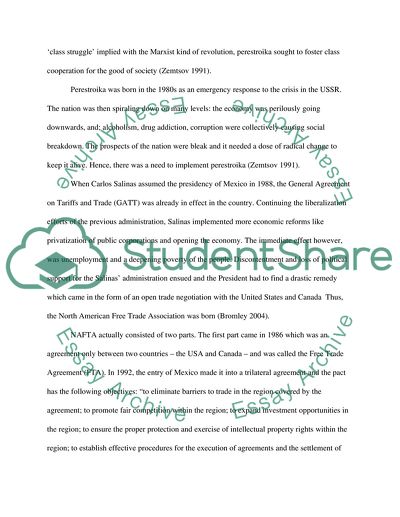Cite this document
(“Perestroika Essay Example | Topics and Well Written Essays - 1500 words”, n.d.)
Perestroika Essay Example | Topics and Well Written Essays - 1500 words. Retrieved from https://studentshare.org/history/1545305-perestroika
Perestroika Essay Example | Topics and Well Written Essays - 1500 words. Retrieved from https://studentshare.org/history/1545305-perestroika
(Perestroika Essay Example | Topics and Well Written Essays - 1500 Words)
Perestroika Essay Example | Topics and Well Written Essays - 1500 Words. https://studentshare.org/history/1545305-perestroika.
Perestroika Essay Example | Topics and Well Written Essays - 1500 Words. https://studentshare.org/history/1545305-perestroika.
“Perestroika Essay Example | Topics and Well Written Essays - 1500 Words”, n.d. https://studentshare.org/history/1545305-perestroika.


